- Category
- War in Ukraine
Lasers, Rogue Satellites, And Brain Drain. Inside Russia's Space Warfare
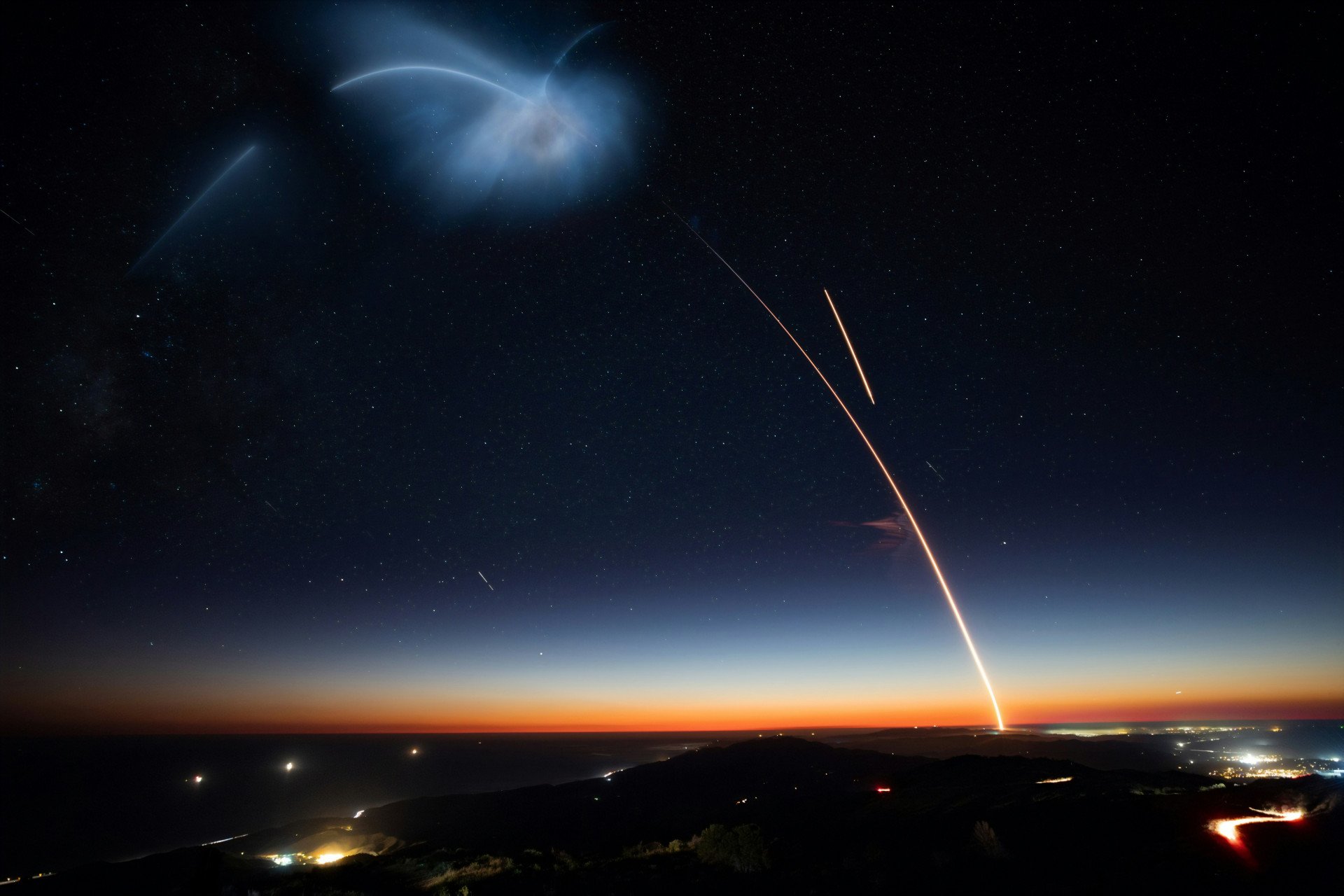
There’s another crucial domain where Russia seeks dominance—space. Here are Russia's most intriguing engineering projects, along with a forecast for the future of the country's space program (spoiler: it’s nothing good!)
On November 15th, 2021, four months before invading Ukraine, Russia tested its PL-19 “Nudol” mobile anti-satellite launcher. Positioned at the Plesetsk Cosmodrome, it destroyed the defunct “Kosmos-1408” satellite in low Earth orbit (LEO). The resulting debris cloud endangered other spacecraft, including the critically important International Space Station (ISS).

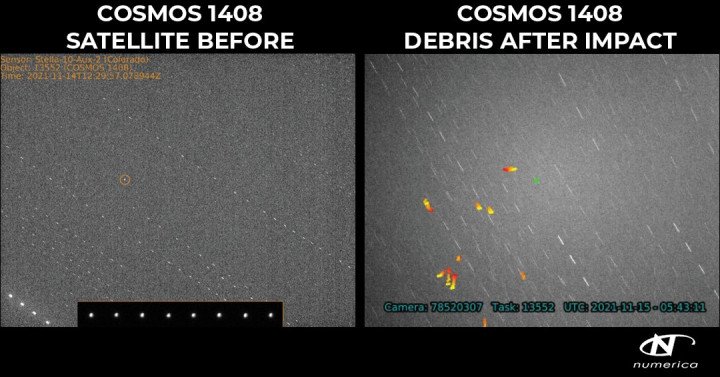
Crew members on the ISS enacted emergency protocols: donning space suits, sheltering in the spacecraft, and preparing for evacuation. The threat was real.
Prominent figures roundly condemned the test: the U.S. Secretary of State called it “reckless,” NASA termed it “reckless and dangerous,” and analyst Pavel Podvig labeled it “bizarre.” Op-eds sought elaborate explanations.
Now, the answer seems shockingly simple: Russia was preparing for a global conflict with ambitions to dominate the space domain.
Russia’s Anti-Satellite Arsenal
Russia’s most impressive space engineering efforts center around anti-satellite weapons. It revitalized numerous Soviet-era projects, including the “Nudol” missile system originally designed in the late 1960s. Additionally, Russia is developing ground-to-space optical lasers capable of blinding satellites, with facilities like its “Kalina” project in the Northern Caucasus mountains.

For mobile targeting, there’s “Peresvet"—a truck-mounted laser system designed to blind enemy satellites tracking Russia’s intercontinental ballistic missiles.
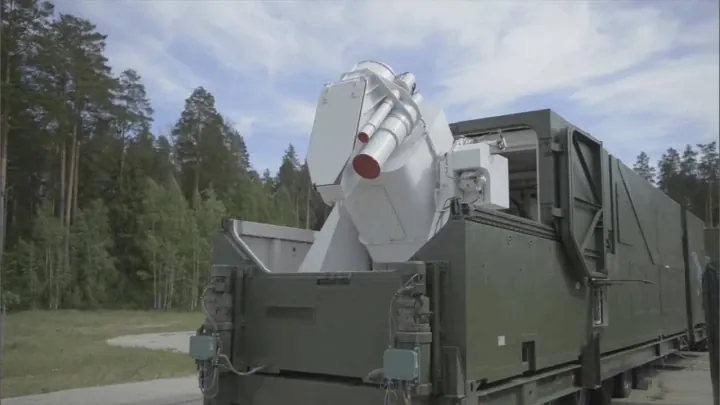
Yet, the most surprising development is Russia’s “inspector satellites.” These satellites can maneuver in orbit, dock with one another, match orbits with enemy satellites, and potentially even disrupt their communications.
Since Russia’s first “inspector” launch in 2013, these satellites have repeatedly attempted to chase classified U.S. satellites operated by the National Reconnaissance Office, essentially “spy satellites.”
The latest “space chase” took place in March 2023. Launched from Plesetsk Cosmodrome, a Russian “inspector” satellite approached the classified USA-326 satellite in a proximity orbit. Initially, the “inspector” adjusted its orbit to maintain distance, but in mid-March 2023, it moved closer to its target. Anticipating a close pass within 31 km, the USA-326 executed an evasive maneuver and shifted to a different orbit, effectively “running” from the Russian “inspector.”
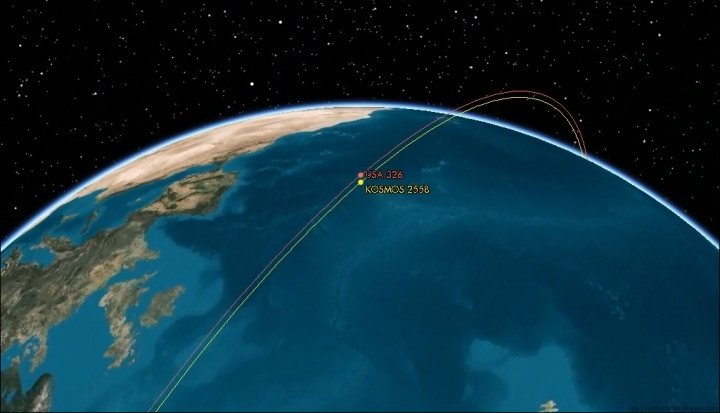
Sanctions and Brain Drain
One could characterize the Russian military space program as truly impressive, if not for one critical detail: its heavy dependence on imported electronic components, particularly hardened computer chips for military and space use. The war-accelerated “brain drain” only compounds this issue. Therefore, it’s no surprise that CNA, a major U.S. think tank focused on Russia, titled its latest report “A Limping Giant.”
Russia’s attempts to reduce its reliance on foreign supplies have had limited success. Contracts awarded to domestic companies aimed at replacing Western components, but as the CNA report highlights, these efforts pushed the military space program into a near-crisis mode in the 2020s. Evidence of these struggles is clear: the Russian space agency “Roscosmos” and the Ministry of Defense filed numerous lawsuits against their own industry due to widespread failures to deliver hardware on time.
The full-scale invasion has only worsened the situation. The 2022 mass emigration wave left the Russian defense industry with an officially reported shortage of 16,000 key specialists. Compounding this, the vice president of the Russian Academy of Sciences (RAN) states that Russia has lost 50,000 scientists in the past five years.

The CNA report concludes that Russia’s unprecedented isolation and escalating brain drain will likely hasten the deterioration of its technological capabilities in space.
Russia’s space warfare ambitions hinge upon a crumbling foundation. Sanctions cripple its reliance on imported technology, and the exodus of its brightest minds leaves a void that cannot be filled. From anti-satellite lasers to rogue satellites, its arsenal is a relic of a bygone era. This technological stagnation, coupled with mounting isolation, suggests one outcome: Russia’s dreams of dominating space will likely wither alongside its terrestrial power.


-f88628fa403b11af0b72ec7b062ce954.jpeg)
-b63fc610dd4af1b737643522d6baf184.jpg)

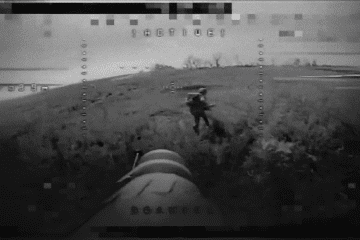
-29a1a43aba23f9bb779a1ac8b98d2121.jpeg)
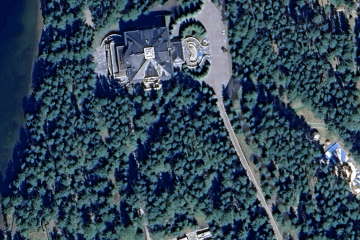
-24deccd511006ba79cfc4d798c6c2ef5.jpeg)